
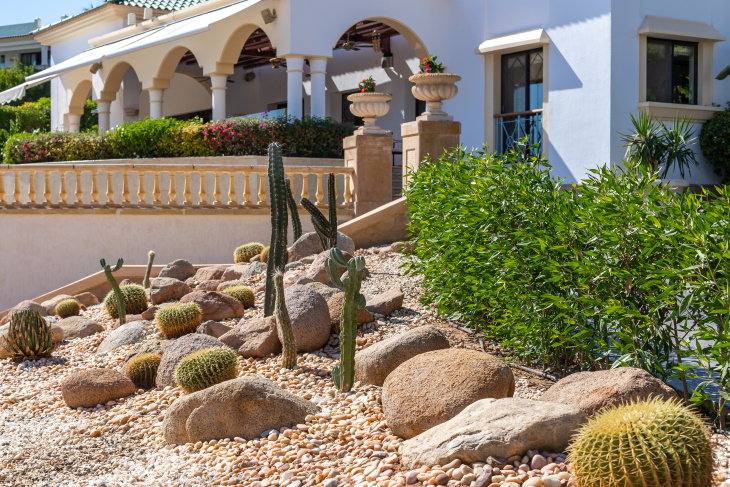
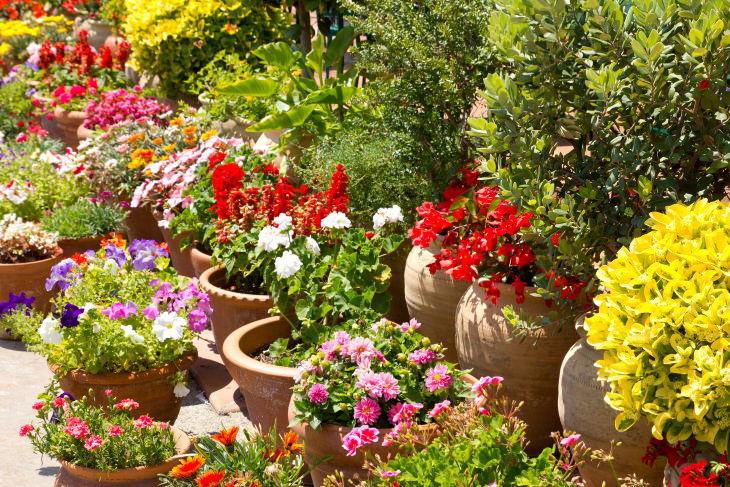
Maintaining a garden in an area with depleted soil or extreme weather changes can feel like an ongoing battle against the elements. In such scenarios, a container garden may actually be the best choice. Housing your plants in containers has numerous advantages. First and foremost, this will allow you to customize the soil for your plant's needs, which will help your plants grow strong and healthy. This means fewer pests and diseases, and easier pest management.
Additionally, container gardening allows you to move plants around your yard until you find the optimal light conditions for each plant, so you will be losing fewer plants. You may even transport some of the containers indoors during especially cold or hot months. Therefore, container gardening allows you to lose fewer plants and spend less time on gardening overall. It’s also more flexible and economical than a traditional garden.
Interested in starting your own container garden? Read our post for some helpful tips - 10 Tips For a Thriving Container Garden.
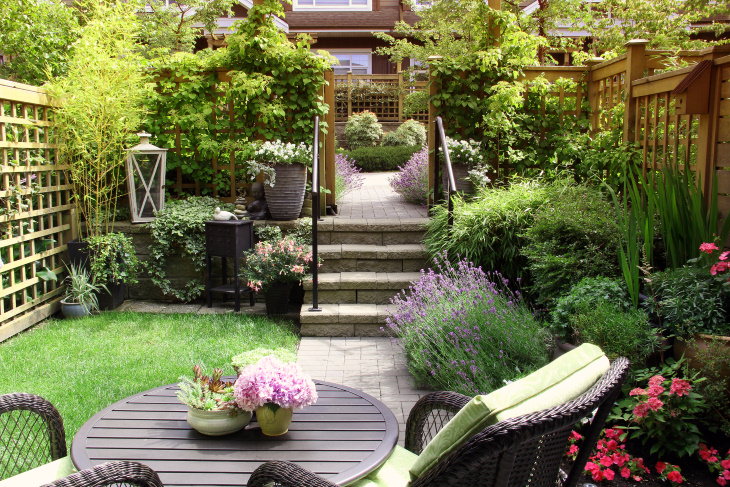
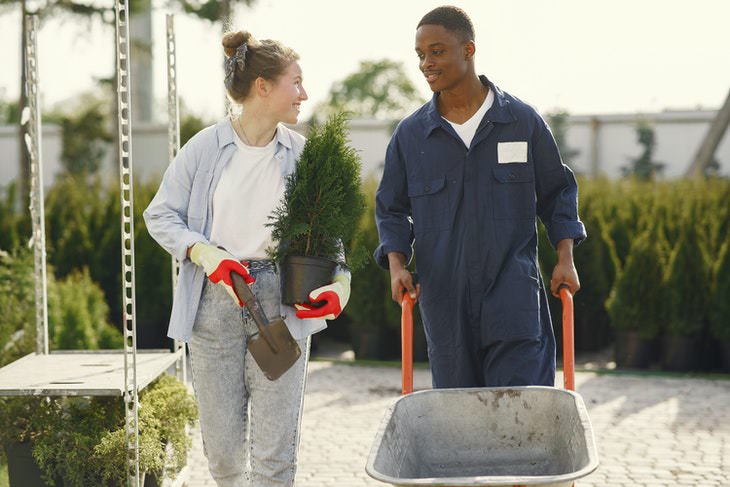
You may think that trees are the least fussy plants in your garden. But if you add up all the pruning, leaf raking, fruit picking, and pest management, a different picture emerges. In reality, your selection of trees has a major influence on your workload. If reducing yardwork is your goal, keep these two tips in when selecting trees.
First off, you may want to consider evergreens. Cypress trees, hollies, magnolias, and olive trees are just a few examples of evergreen trees that work great in a yard or garden. Evergreens generally require less pruning and care than deciduous varieties, and many species are also pest resistant.
The second suggestion is opting for dwarf tree cultivars. These trees are much smaller - they don’t typically grow over 15 feet. Having a smaller tree means easier pruning and less leaf raking in the fall compared to a large tree.
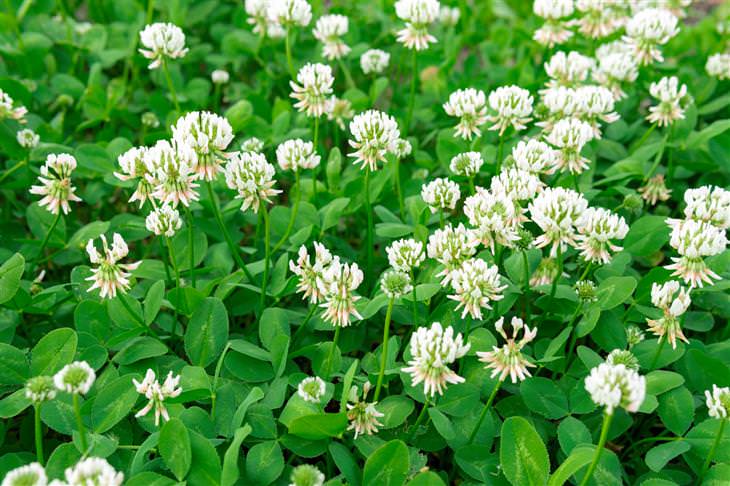
If you keep struggling with lawn maintenance, know that you have many alternatives. First and foremost, try and diagnose the reason why your lawn has trouble prospering. Crispy, limp, and browning patches of grass may indicate that your lawn is drying out. For such cases, you may want to opt for a clover lawn. Clover has a similar aesthetic to a traditional grass lawn, but it is more drought-tolerant, resistant to weeds and pests, and it requires less mowing too.
A light deficit is a reverse scenario. In these cases, you may see bare patches in shady areas or under trees, as well as wilting or even mold issues. If this is a constant struggle in your yard, you may want to grow mosses in such problem areas. Moss thrives in temperate climates and requires no maintenance whatsoever. They will even grow naturally in the shady spots of your yard and can look quite beautiful.
For even more grass alternatives, go here - The Fastest-Growing Evergreen Ground Cover Plants.
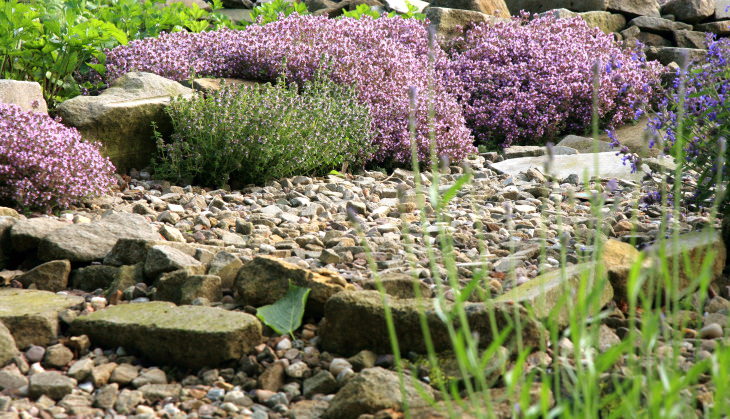
In addition to lawn alternatives, consider downsizing the general lawn area. This can be done in a clever and aesthetic way, with no bare patches in your garden. As a matter of fact, traditional Japanese gardens have used this trick for centuries, and they’re considered one of the most beautiful gardens in the world!
In place of the lawn as a ground cover, stone, gravel, brick, wood, or even manmade ponds and fountains can be used to add visual interest and texture to your garden. You can lay rock garden paths, decorative stones, or a wooden patio in your yard and garden. The rocks and wood need no watering and minimal care.
Besides, you can also grow plants that naturally grow in rocky areas to complement your rock garden and give it a pop of color. These are usually sun-loving plants like succulents, decorative grasses, sedums, coneflowers, and even herbs like creeping thyme, rosemary, and lavender.
